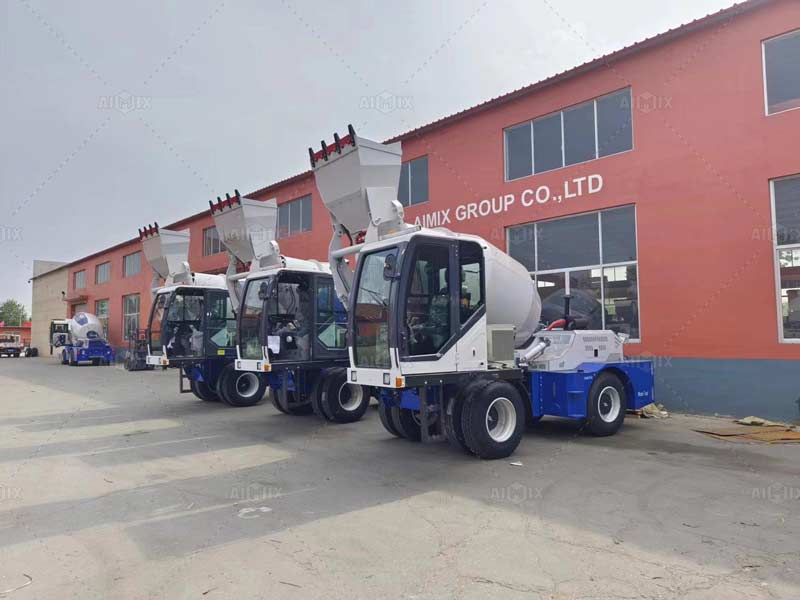


Explore the best concrete equipment for industrial foundation pouring. Find out which tools are crucial for achieving optimal results.
When it comes to industrial foundation construction, one size never fits all. The foundation must be solid, the schedule must stay on track, and the cost must be under control. Choosing the right concrete equipment is key to meeting these goals. So, what type of equipment works best for industrial foundation pouring? Let’s explore the options based on real jobsite needs and construction conditions.
Every industrial foundation project comes with its own set of challenges. Some sites require high output. Others demand flexible equipment that can move easily around tight spaces. And many need both speed and precision. That’s why equipment selection can make or break your project.
Before diving into the choices, it’s important to understand your project’s specific needs: pouring volume, concrete quality, mobility, terrain, and access to electricity or water. Once those factors are clear, selecting the right solution becomes easier.
When high productivity and consistent quality are top priorities, stationary concrete batching plants are the go-to choice. These plants offer stable output, precise mixing ratios, and automated control systems that reduce labor demand.
If you’re working on a large industrial park, a power plant, or a heavy manufacturing site, you’ll need tons of concrete over an extended period. A stationary batching plant gives you the capacity and reliability to handle that.
However, they require a fixed setup location and more space. So, if your site has limited room or needs frequent relocation, consider other options.
If your foundation project doesn’t require massive daily volume, but still needs consistent quality, a mobile batching plant might be your best bet. These plants can be set up quickly and relocated easily, saving both time and transportation costs.
Mobile plants are ideal for medium-sized factories, storage centers, and energy facilities with segmented or multi-location foundations.
Compared to stationary plants, mobile plants offer more flexibility with only slightly reduced capacity. That trade-off can be worth it when project timelines are tight or your team needs to move fast.
Sometimes, your site doesn’t support fixed batching setups. That’s when a self loading truck mixer shines. It combines loading, mixing, transportation, and discharging—all in one machine.
If your industrial foundation project is located in a remote area or has narrow working spaces, this equipment saves you the hassle of complex setups and multiple machines.
Even better, these mixers are easy to operate and maintain, making them a reliable partner for daily site work.
Now that we’ve covered how to mix and prepare concrete, the next challenge is how to place it. For many industrial sites, long-distance or high-altitude pouring is unavoidable. That’s where trailer pumps come in.
If your foundation area is far from the batching unit, or located underground or on uneven terrain, trailer pumps help you deliver concrete exactly where you need it—without moving the plant.
By combining trailer pumps with the right mixing equipment, you build an efficient on-site concrete delivery system.
No single machine solves all problems. The best setup often includes a mix of equipment that suits your project’s size, timeline, and site conditions.
Of course, the final choice depends on your goals—whether that’s reducing labor, maximizing speed, or simplifying logistics.
